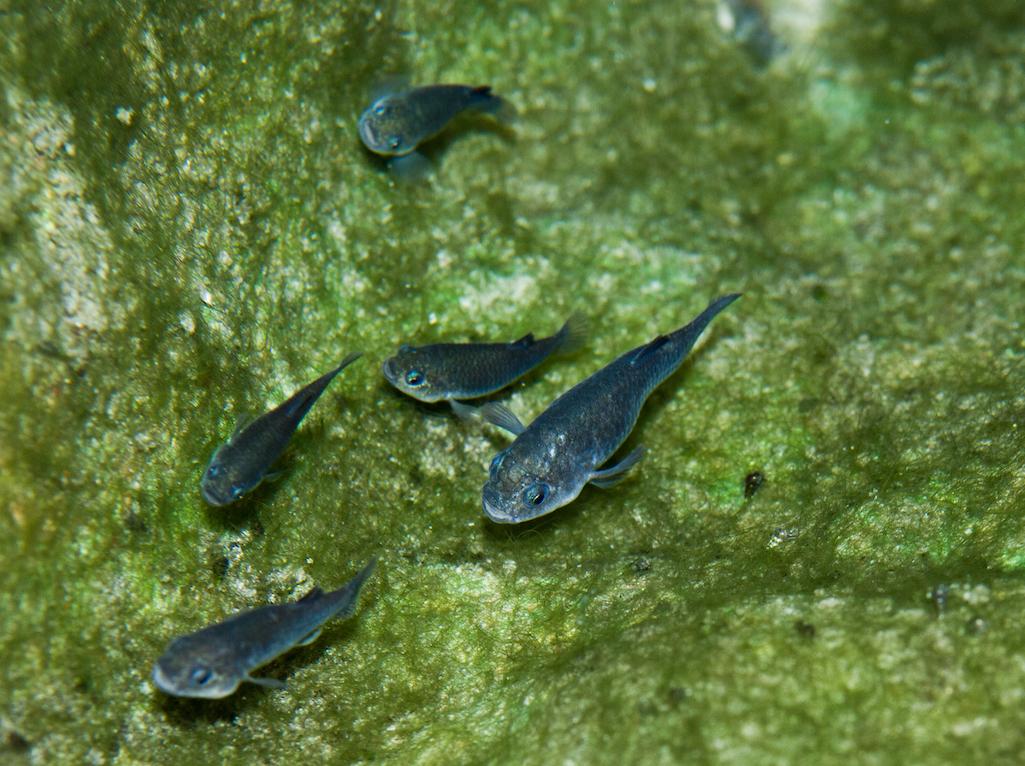
Death Valley's population of rare Devils Hole pupfish is at a 22-year high/USFWS, Olin Feuerbacher
A population boom has lifted the spring tally of rare Devils Hole pupfish at Death Valley National Park to a 22-year high of 175, according to the park.
The high count also comes on the 50th annual tally of pupfish using SCUBA, dating back to April 6, 1972.
Devils Hole pupfish (Cyprinodon diabolis) live in the upper 80 feet of a deep water-filled cavern and sun-lit shallow pool at the cavern’s entrance, making this the smallest range of any vertebrate species on the planet. Devils Hole is a detached unit of Death Valley National Park adjacent to Ash Meadows National Wildlife Refuge in Nye County, Nevada. U.S. Fish and Wildlife Service, Nevada Department of Wildlife, and National Park Service staff cooperate to manage this critically endangered species.
Population size is estimated by counting fish throughout their habitat, with standard counting protocols. Scientists SCUBA dive to count fish in the cavern, starting at depths below 100 feet. Simultaneously, other scientists count fish on the shallow shelf at the waters’ surface. The final count includes both surface and underwater fish.
Before the 1990s, the population was regularly around 200 pupfish in the spring. However, pupfish numbers have been especially low during the last two decades, averaging only 90 fish.
A return to higher numbers of pupfish this time of year could signal important changes in the ecosystem. Kevin Wilson, aquatic ecologist for the national park, manages resources of Devils Hole, and says that “such shifts highlight the importance of maintaining long-term data as we work to find out what’s changed.”
Having more pupfish in Devils Hole affects the direction and focus of species recovery. This week’s count continues an overall springtime increase over the last nine years from the all-time low of 35 fish. Michael Schwemm, senior fish biologist for the US Fish and Wildlife Service, said “it’s exciting to see this shift, because if persistent, allows more opportunity for study and to explore new management options.”
The next pupfish count occurs next fall.



Comments
A story you did on the pup fish a while back talked about the possiblity of putting in a webcam. Did that ever happen?